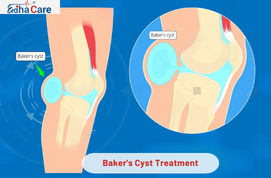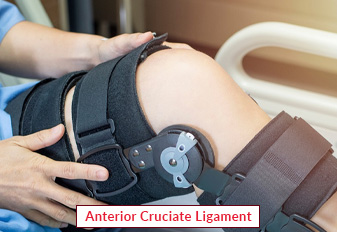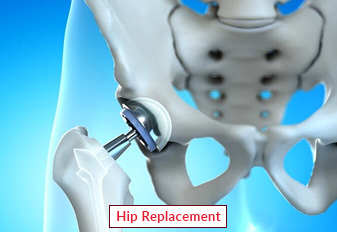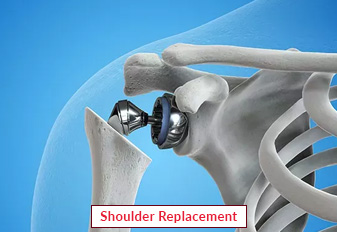Baker's Cyst Treatment

Treatment for Baker's cyst includes treating the underlying cause as well as easing the cyst's symptoms, which include a fluid-filled enlargement behind the knee. To lessen inflammation and discomfort, conservative therapy options include rest, cold packages, higher elevations, and over-the-counter pain medications. Exercises used in physical therapy may help strengthen and increase the flexibility of the muscles that surround the knee joint. In rare instances, corticosteroid injections or cyst aspiration (draining) may offer momentary relief. However, surgical intervention, such as cyst elimination or treatment of the primary joint problem, may be required if conservative approaches are ineffective in relieving pain or if a cyst recurs frequently.
Book an AppointmentAbout Baker's Cyst Treatment
Symptoms: A fluid-filled enlargement behind the knee is the typical symptom of a Baker's cyst, and it frequently comes accompanied by discomfort in the joints, stiffness, and reduced range of motion.
Causes: Excess synovial fluid (SF) buildup in the knee joint, usually brought on by underlying illnesses like arthritis, rheumatoid arthritis (RA), or injury to the knee, which causes the cyst to develop.
Remedies: The aim of treatment is to treat the underlying cause as well as manage the signs and symptoms. Rest, cold packs, elevation, and painkillers available over the counter are examples of conservative measures. Exercises used in physical therapy may assist in increasing joint flexibility and muscle strength. Aspiration or intravenous corticosteroid injections might be required in specific situations to lessen stiffness and fluid accumulation. If the cyst continues to grow back or if conservative measures are ineffective, surgery might be recommended.
Procedure of Baker's Cyst Treatment
Diagnosis: To confirm the diagnosis and determine the size and location of the cyst, the doctor reviews the patient's medical history, conducts a physical examination, and may request imaging tests such as an MRI, ultrasound, or ultrasound-guided aspiration.
Conservative Management: To relieve symptoms and lower inflammation, the first line of treatment usually consists of conservative measures including rest, ice packs, compression, and elevation, or RICE therapy.
Pain Management: Nonsteroidal anti-inflammatory medications (NSAIDs) or over-the-counter pain medicines such as acetaminophen may be recommended to help treat discomfort.
Aspiration: The doctor may use a needle to aspirate (drain fluid from the cyst) if the cyst is big or producing substantial symptoms.
Corticosteroid Injection: To lessen discomfort and inflammation, a corticosteroid injection may occasionally be given into the cyst.
Physical Therapy: Exercises designed to strengthen surrounding muscles, increase joint mobility, and stop recurrence may be suggested.
Surgery: Cystectomy, or removal of the cyst, or repair of underlying joint issues, may be required if conservative therapy is ineffective or if the cyst keeps coming back.
Require Assistance?
Get A Quick Callback From Our Healthcare Experts
Other Specilities We Cover

Anterior Cruciate Ligament (ACL)

Hip Replacement




